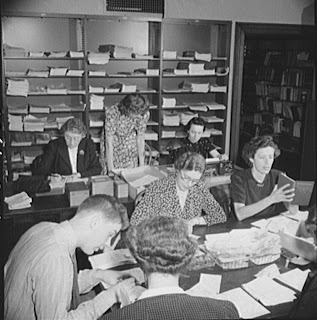My family must be thankful. After years of taking classes, the end of my doctoral program is in sight. The previous doctoral program took seven years of investment before life got in the way and I could not finish it at all. What a devastating heartbreak to have made so many sacrifices not to be able to enjoy the success of a lifelong dream. Now it's my turn. It's my time. I want to do a great job with my research.
I salute all the adult learners who are trying to better themself while working full time, taking care of kids or parents, and trying to keep their grades up. What a difference an education makes. Nontraditional students are not the only ones who make sacrifices when their parent, spouse, or sibling works all the time for a good cause.
This quarter for my Web Science and Technology class at CTU, we are creating projects that have applicability into our research studies. For mine, I wanted to think deeply about what transdisciplinarity might look like. There are some 2D illustrations that try to express what the concept is and how interactions occur, but how do you know when transdisciplinarity is present? Can one person "embody" transdisciplinarity or must a group of people working together summon it?
 |
| "The Weavers" by Jeanie Tomanek |
How can transdisciplinarity be modelled in 3d such as in open simulation? How does even thinking about modeling it affect how I will approach studying it for my dissertation study? Collaboration takes many forms. Face to face engagement is one of many instantiations of collaboration. When scouring the Internet looking for suitable representable images, "The Weavers" came up created by the artist,
Jeanie Tomanek. She has a
store on Etsy where you can buy her art work. To me, the piece shows interaction between the individuals enabling creation of a whole new vision.
So, in order to make a 3d model of transdisciplinarity, I wanted to illustrate real-life examples that may be close to achieving what is possible. A couple of months ago I was walking through the airport while on a trip. At the bookstore I saw the
Time Magazine article describing the group
Stand Up to Cancer. The article described how dream teams made up of diverse scientists are being funded at much higher rates than organizations such as the National Institute of Health (NIH) and the National Cancer Institute (NCI). Clearly, cancer is a wicked problem that involves complexity. The basis for my dissertation study is informed by how the NCI and NIH are trying to evaluate collaborative grants that have been funded. What new research methods were achieved that were not possible without extreme collaboration? Right now I am selecting questions used in prior assessments to use in my study. These resources are made available via the
National Cancer Institute's Behavior Research Center and
Team Science Toolkit.
IRB approval was required for my project and obtained. So far I am waiting to hear from representatives to see if they will shed light for me on how teams are supported with training and tools.
If I cannot obtain referrals from members of the organizations contacted, then I will need to switch over to another area to use as an example for how scientists are collaborating across and perhaps beyond disciplines.



